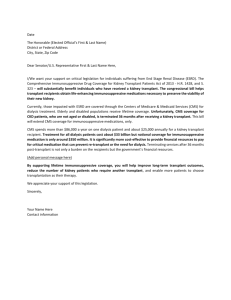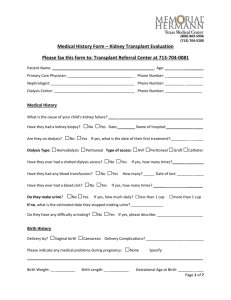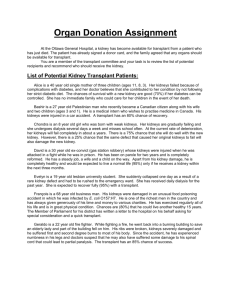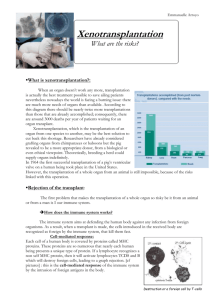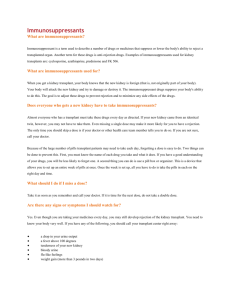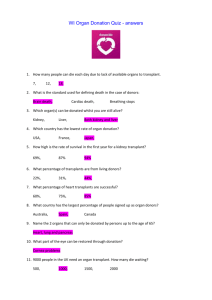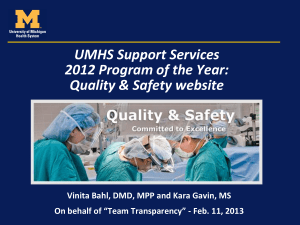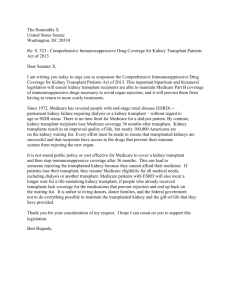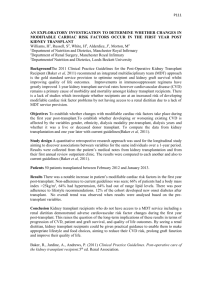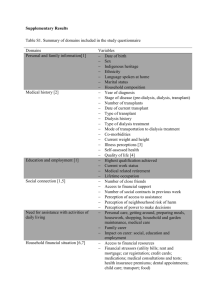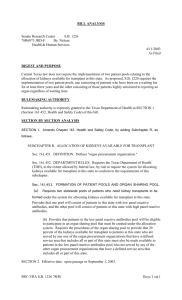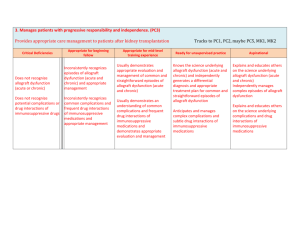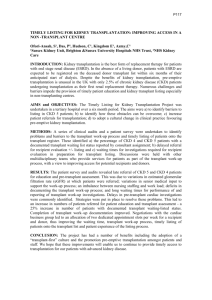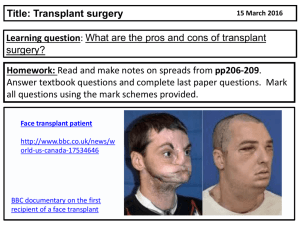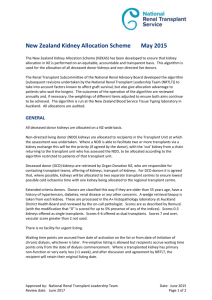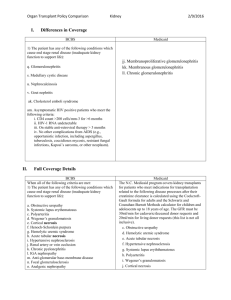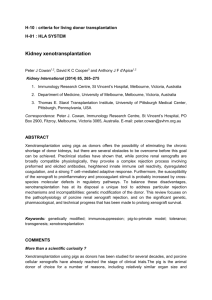Unit 4 Concepts Study Guide
advertisement
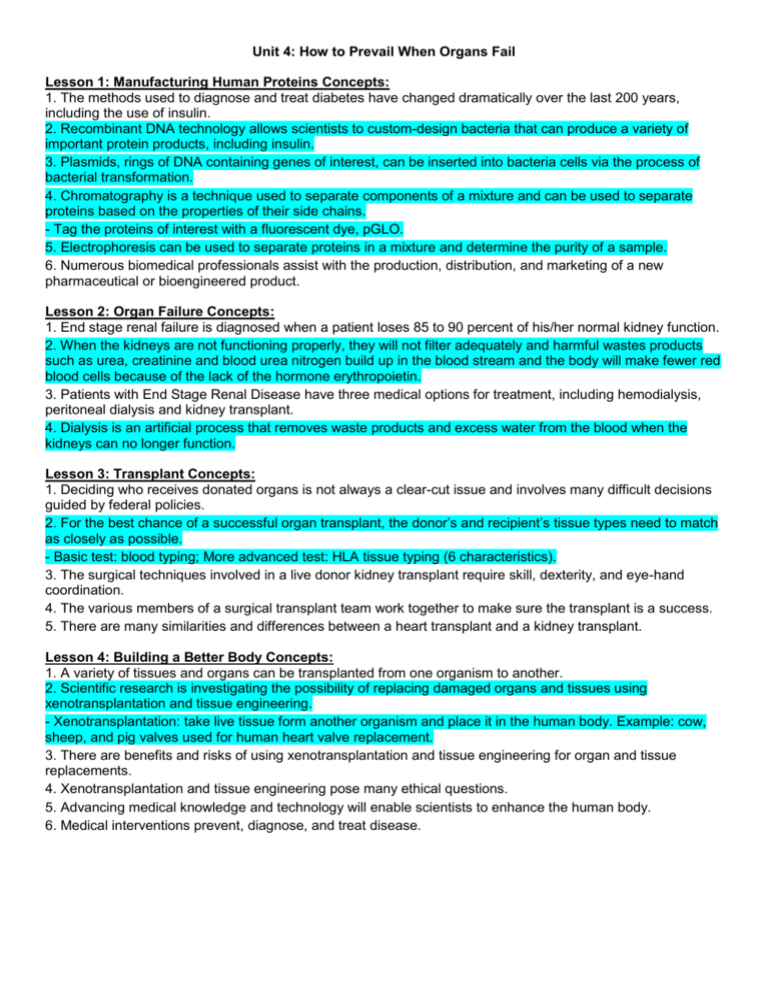
Unit 4: How to Prevail When Organs Fail Lesson 1: Manufacturing Human Proteins Concepts: 1. The methods used to diagnose and treat diabetes have changed dramatically over the last 200 years, including the use of insulin. 2. Recombinant DNA technology allows scientists to custom-design bacteria that can produce a variety of important protein products, including insulin. 3. Plasmids, rings of DNA containing genes of interest, can be inserted into bacteria cells via the process of bacterial transformation. 4. Chromatography is a technique used to separate components of a mixture and can be used to separate proteins based on the properties of their side chains. - Tag the proteins of interest with a fluorescent dye, pGLO. 5. Electrophoresis can be used to separate proteins in a mixture and determine the purity of a sample. 6. Numerous biomedical professionals assist with the production, distribution, and marketing of a new pharmaceutical or bioengineered product. Lesson 2: Organ Failure Concepts: 1. End stage renal failure is diagnosed when a patient loses 85 to 90 percent of his/her normal kidney function. 2. When the kidneys are not functioning properly, they will not filter adequately and harmful wastes products such as urea, creatinine and blood urea nitrogen build up in the blood stream and the body will make fewer red blood cells because of the lack of the hormone erythropoietin. 3. Patients with End Stage Renal Disease have three medical options for treatment, including hemodialysis, peritoneal dialysis and kidney transplant. 4. Dialysis is an artificial process that removes waste products and excess water from the blood when the kidneys can no longer function. Lesson 3: Transplant Concepts: 1. Deciding who receives donated organs is not always a clear-cut issue and involves many difficult decisions guided by federal policies. 2. For the best chance of a successful organ transplant, the donor’s and recipient’s tissue types need to match as closely as possible. - Basic test: blood typing; More advanced test: HLA tissue typing (6 characteristics). 3. The surgical techniques involved in a live donor kidney transplant require skill, dexterity, and eye-hand coordination. 4. The various members of a surgical transplant team work together to make sure the transplant is a success. 5. There are many similarities and differences between a heart transplant and a kidney transplant. Lesson 4: Building a Better Body Concepts: 1. A variety of tissues and organs can be transplanted from one organism to another. 2. Scientific research is investigating the possibility of replacing damaged organs and tissues using xenotransplantation and tissue engineering. - Xenotransplantation: take live tissue form another organism and place it in the human body. Example: cow, sheep, and pig valves used for human heart valve replacement. 3. There are benefits and risks of using xenotransplantation and tissue engineering for organ and tissue replacements. 4. Xenotransplantation and tissue engineering pose many ethical questions. 5. Advancing medical knowledge and technology will enable scientists to enhance the human body. 6. Medical interventions prevent, diagnose, and treat disease.


